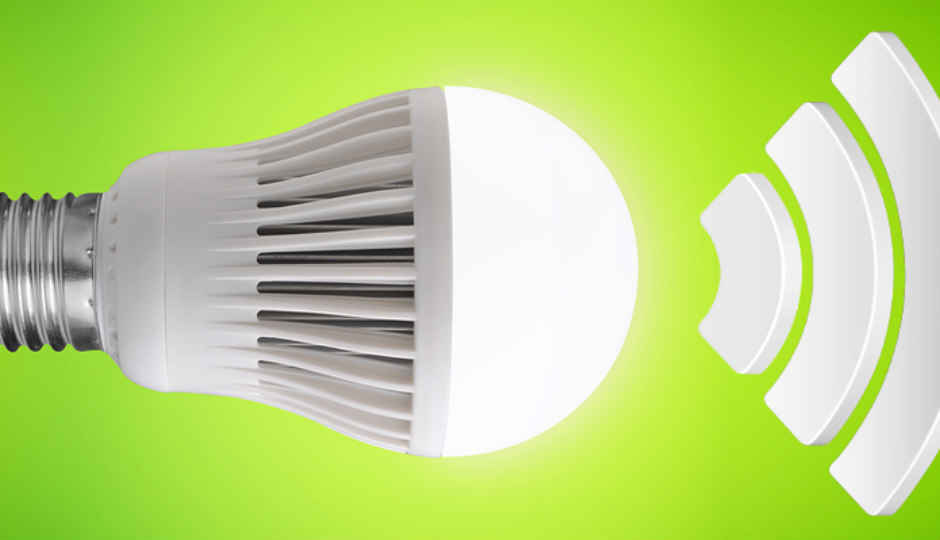Your LED bulbs may soon replace your WiFi routers
A technology called LiFi can provide data transfer speeds that are 100 times faster than WiFi and now, for the first time, it has been tested in the real world

LiFi, a wireless technology used to transmit high speed data, was first invented in Scotland by scientist Harald Haas, who demonstrated that by flickering an LED lights at extremely high speeds, one can transmit more data than a cellular tower. Scientists have tested LiFi in their labs and have been able to chieve speeds upto 224 GB/s! Now, for the first time since its inception in 2011, LiFi has been tested outside a lab situation, indicating that the technology may be available for consumer usage sooner that we hoped. Currently, LiFi is being tested in office and industrial work environments in Tallinn, Estonia. Why Estonia? Well, for those of you who don't know, Estonia is one of the world's most tech savvy country.
 Survey
SurveyThe tiny country situated in Northeastern Europe boasts of one of the most functional forms of Digital Governance. Estonians have rebuilt their complete IT infrastructure from ground-up in terms of citizen services, privacy and security, making it one of the most efficient governance models globally. So, when they tested LiFi in an office environment, speeds of 1GB/s could be achieved. That's like downloading one movie every second! Now you are listening!
Coming back to LiFi, here is how the technology functions-
LiFi uses something called VLC. No, we are not talking about the video player but VLC in this case stands for Visible Light Communication. The technology is similar to Morse code. LiFi essentially flickers light at extreme speeds which forms a kind of binary code (just like Morse code) used to write and trasmit data. In simpler terms, LiFi talks to other devices in a code that is generated by LED lights going on and off at a really high speed. Cool eh?
Another great feature of Lifi is that unlike WiFi, the reach of this technology is limited to the space it covers. As light cannot penetrate through walls, the network is way more secure, when used in an enclosed office or home environment, making it tough to hack. With ballooning growth in the mobile and IoT space, WiFi will soon become reduntant, considering the exponential increase in data exchange. Cisco predicts that by 2020, a total of 50 billion devies will be talking to each other. It is also expected that by 2019, 35 quintillion bytes of information will be exchanged between devices, every month. Our current WiFi networks cannot handle such a huge demand due to frequency congestion and interference, making LiFi a more sustainable option. Since LiFi uses light as a medium of transmiting information, cutting out the usage of Radio and Microwave frequencies (which is what WiFi works on) will make for a healthier alternative. Various studies done in the past indicate that WiFi is the cause of health problems such as insomnia, damaged cell growth, concentration issues, and even reduced sperm count! Worried yet?
LiFi is not a new concept though. Companies such as Pure LiFi are already providing enterprise grade LiFi solutions such as Li-Flame. Li-Flame provides 10Mbps downlink and 10Mbps uplink over a range of up to three metres with standard light fixtures. This results in a data rate density of 2Mbps per square meter. It has two variants, one that is a ceiling unit and connects to LED light fixtures and the other that is a desktop unit, which connects to a user's device via USB and offers a 10Mbps infrared uplink to ceiling unit.
So yes, the next time you underestimate your light bulb, think again.